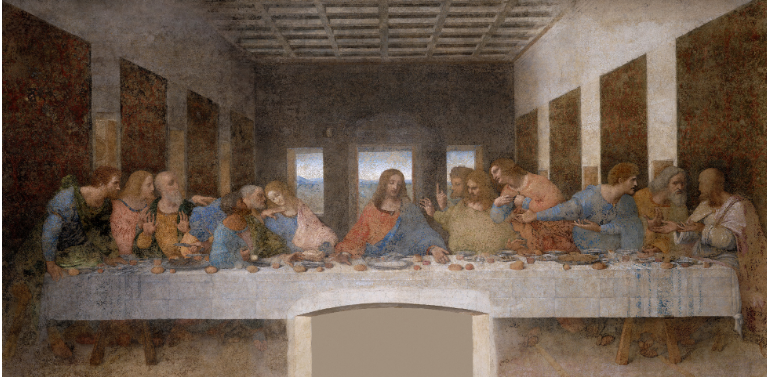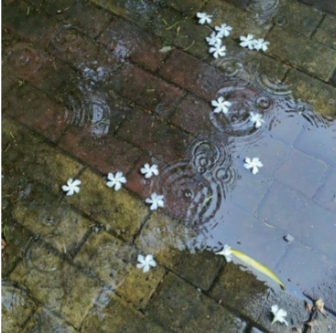Love in Literature: Fragments of the Mosaic
- Kiara Aggarwal
- Jun 1
- 3 min read
By Mariam Bukia

At the center of the eternal cycle of human experience, thought, and, consequently, its
reflective instrument – literature – among all other emotions stands love, which
most often draws the sun of inspiration and assumes a thousand shadows and
interpretations in world literature, and through the lens of readers’ perception –
within the mind.
For a writer, the existence of such an idea is a vital resource – one that, by its
nature, is never stable, static, or permanently grasped; one woven with the delicate
fabric of emotions and, at the same time, capable of being as strong as granite or as
pliable and malleable as braes, love, without resistance and compromise, is a four-
leaf clover and a bit of fantasy or carelessness.
The theme of love in literature is so frequently explored, repeated, and
recognizable – like a dandelion in a field – and the impact of works created on this
topic may be fleeting and fragile, yet still pleasant.
A glance across the wide spectrum of love stories, aligned chronologically along
the timeline, is enough to affirm that love in literature has never been a feeling
independent of time, physical setting, or broader context. The quality of life,
cultural space, collective imagination, social mood, everyday tendencies, and
political background have always been the indirect chisel carving the sapphire of
love in the multilayered, gray mine of the human soul.
In the twentieth century – following the universal upheaval of world war – in
societies that were desperate yet still alive, stripped of trust, inert and barren like
metal furniture, yet swinging like a pendulum around the axis of life’s simple
human and difficult-to-fulfill needs, the anti-fascist writer Erich Maria Remarque
tells the reader of the main character’s love in Three Comrades.. Here, love is brief
– like a life cut short – and enduring, like a life fully felt until the final minute of
its allotted term, when every offered moment was experienced with the intensity
of an earthquake, each instant savored like nectar, and being drunk with experience
was never considered enough. Robert embodies in this love the mist of unfulfilled
dreams – visible, tangible, and fleeting all at the same time – because there exists a
type of love that may never become stable, yet will always echo in the memory’s
hearing like seashells gathered from the shore, ultimately bearing the names of
both death and eternal trace.
Sometimes, in the form of love, a basket of grace descends from the sky for a
human being, to illuminate the dim corners, for tightly drawn curtains to be opened
shyly, and for light to bow before your window.
Love in the Time of Cholera is a book that aptly describes love’s ability to hide for
many seasons and then burst into bloom one spring, regardless of whether the skin
has wrinkled or the sight has dimmed. Here, the reader encounters the small
tributaries of love’s adventure, which life distributes with a spontaneous plan,
seemingly redirecting its course with childlike carelessness.
In contemporary literature, love is perceived more delicately, as in Gayle Forman’s
book If I Stay, and greater emphasis is placed on personal, subjective feelings.



Comments